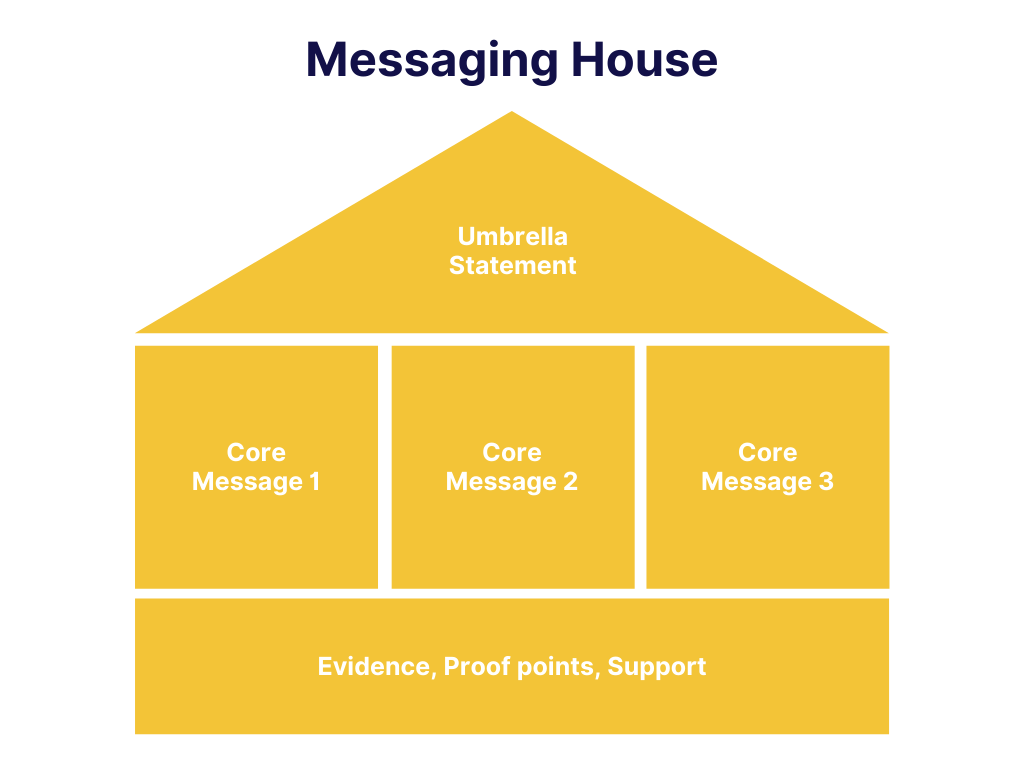At the start of this pandemic, everyone faced realities that forced a change in their perspective and behavior, and it’s safe to say that businesses and other organizations were not spared from this narrative either. With a changing world came shifts in consumer behavior, a stronger sense of community, and the constant need to pivot to meet the current expectations and needs of society. As overwhelming as all of this constant change can all get, there are a plethora of paths that organizations can take to stay afloat – one of them being implementing effective Public Relation Strategies. We had the pleasure of listening to Macky Del Rosario, the PR Director of Greenbulb Communication, as he discussed how organizations can utilize Public Relations to engage with their stakeholders in the midst of this global pandemic.
Macky reminds us that we are in a highly volatile situation, and every move – and lack thereof, especially in the age of Social Media, will be remembered. It is vital for organizations to plan ahead to be able to keep up with the swift changes that need to be dealt with both internally and externally. To navigate through this highly sensitive environment, organizations need to utilize Public Relations to effectively communicate with their audiences.
Public relations, as defined by Macky, is a strategic communication process that builds mutually beneficial relationships between the organization and the public. Any player that might have an influence on your organization is considered to be part of the public. Internal publics include your team, the board of directors, and all of your employees, and external publics include the general public, your customers, suppliers, the government, the media, and society as a whole.
The question that organizations need to ask themselves when thinking about public relations is “How can my organization deepen my relationship with different people and stakeholders, in such a way that what I give will allow both parties to benefit from it?”. When businesses genuinely take their stakeholders’ interests into consideration, a relationship will form, and from that relationship will come benefits that wouldn’t have been obtained through any other initiative that was done in the organization. Building a relationship with your stakeholders takes a lot of work and effort, and taking public relations seriously is the first step in making it work. Public relations encompasses more than what we realize: from publicity, to media relations, crisis management, thought leadership, influencer engagement, stakeholder management, and internal communications. Each role that public relations can play in an organization taps into a different relationship with a certain stakeholder – so the question now is how do we determine the best way to reach each stakeholder? There are 3 main steps that we can start with to do this:
Step 1: Stakeholder Mapping
We start by mapping out our stakeholders in terms of their level of interest, and their level of power in relation to our organizations. From there, you will be able to determine how much or how little you have to engage with them. Categorize them as people who you would keep informed, who you would manage closely, who you would monitor, and who you need to satisfy. The higher the interest and power a stakeholder has in your organization, the more likely you are to have to keep them informed, and well managed. This step helps you realize who you need to prioritize among your stakeholders.

Step 2: Developing your Core Message
The next step is to create a Key Message that you want to communicate with your stakeholders for a certain campaign or strategy. A Key Message is an umbrella statement that serves as the DNA of your whole message. From that Key Message, you can develop core messages that highlight the major points that you want to convey to each stakeholder. Keep your core messages to a maximum of 3 points so that the focus on your campaign doesn’t get too diluted. The last part for developing your message is to ensure that each core message has proof points to back your claims.

Step 3: Outline your Strategies
The last step in this process is to list and map out your tactics using your key message, core messages, and stakeholder map as a guide. Tactics are strategies that you can use to communicate with your stakeholders. You may need to use different tactics to engage with each stakeholder, but that doesn’t mean that tactics can’t overlap across stakeholders as well. The key to implementing proper strategies is to keep the core messages that you would like to convey to each stakeholder in mind. It is important to be as detailed as possible in each step of the way to ensure that you are communicating efficiently and effectively to each of your stakeholders.

These steps are simply a starting point for you to strategically plan out how to communicate with each of your stakeholders at different touchpoints. In the long run, Macky reminds us that it is important to remember your organization’s purpose and identity, to be human and authentic, to be sensitive, to plan ahead, and where possible, to do good, in whatever strategy you choose to implement with your stakeholders. As important as it is to utilize Public relations to build relationships, it is just as important to remember to be genuine and consistent with the messaging that we create – this is the best way to create a solid foundation that we can continue to build on every step of the way.

